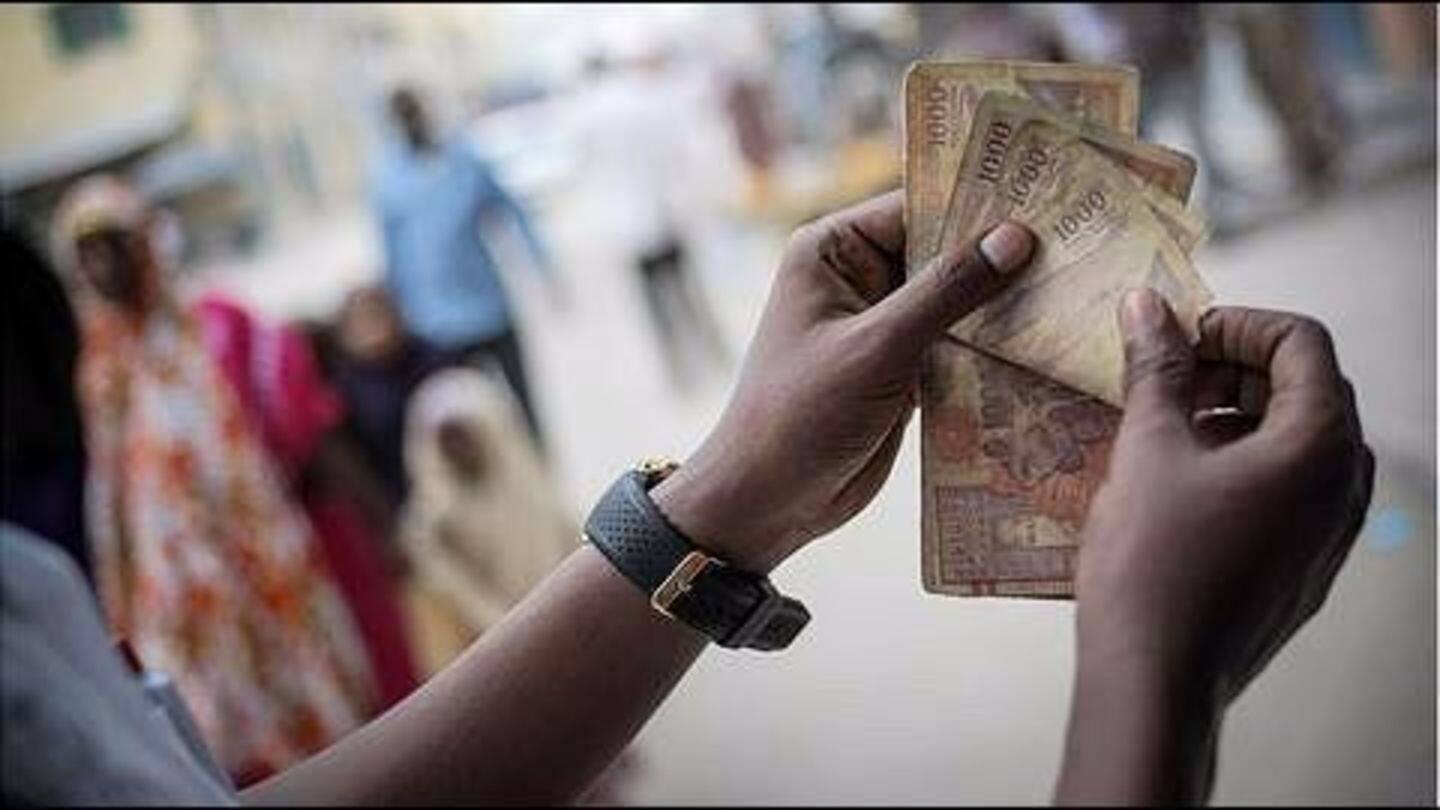
India - Top remittance-receiver with $62.7bn inflows: World Bank report
What's the story
India retained the top spot among remittance-receiving countries despite a significant 8.9% drop in remittances in 2016. The World Bank's Migration and Development Brief stated remittances to developing countries fell for a second consecutive year, a trend not witnessed in three decades. However, India also leads the countries with declined remittances with inflows amounting to $62.7 billion in 2016 from $68.9 billion in 2015.
Information
Remittance downtrend
India's downward remittance trend was primarily due to decreasing oil prices and fiscal tightening in oil-producing countries of the Middle East, which has a significant Indian migrant population that contribute a large chunk to the remittances to India.
Global Remittances
Global remittances decline by 1.2%
The report estimated remittances (officially recorded) to developing countries were $429 billion in 2016, a 2.4% decline from over $440 billion in 2015. Global remittances, including inflows to high-income countries, decreased by 1.2% to $575 billion in 2016 from $582 billion in 2015. India, the top remittance-receiver, is followed by China ($61 billion), the Philippines ($29.9 billion), Mexico ($28.5 billion) and Pakistan ($19.8 billion).
Reasons
Low oil prices and poor economic growth
Dropping oil prices and poor economic growth in the Gulf Cooperation Council (GCC) countries and the Russian Federation have affected remittances to South and Central Asia. Remittance to South Asia decreased by 6.4% in 2016; nationalization policies for lowering unemployment rate of nationals have decreased employment of foreign workers, impacted remittance. Weak European economic growth has reduced inflows to North Africa and Sub-Saharan Africa.
South Asia
Inflows to South Asian countries
Remittances to Bangladesh declined by 11.1% in 2016 while Pakistan's witnessed a 2.8% increase. Nepal saw unusually high growth in remittances at 14.3% in 2015 due to migrants sending financial assistance home after the earthquake; remittances in 2016 declined by 6.7% from the previous year's high level. Sri Lanka experienced a growth of 3.9% in remittance flows in 2016.
GDP
Remittances as a share of GDP
With reference to remittances as a share of the Gross Domestic Product (GDP), the top five receivers were Kyrgyz Republic, Nepal, Liberia, Haiti, and Tonga. Remittances accounted for 2.9% of India's GDP in 2016; though not a very high proportion, the remittances impacted variations at the sub-national level. Remittances to Kerala were 36.3% of the net state domestic product and contributed to household consumption.
Future
Growth in South Asia to stay muted
The World Bank said remittance growth in South Asia is projected to stay muted due to weak economic growth and fiscal consolidation in GCC countries. Only 2% growth is expected in 2017; Bangladesh's growth is forecast at 2.4%, India's at 1.9%, Pakistan's at 1.4%, and Sri Lanka's at 1.3%. The Economic slowdown in Saudi Arabia and Kuwait adversely affected Indian migrants in those countries.